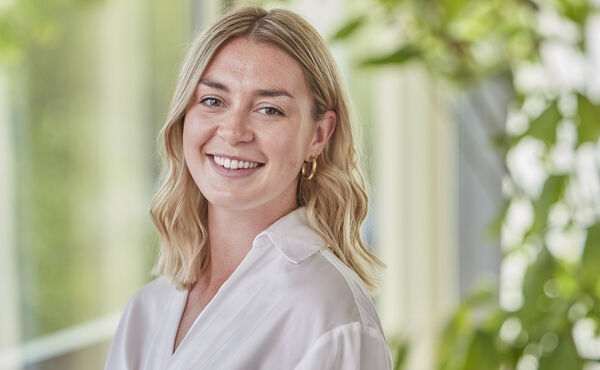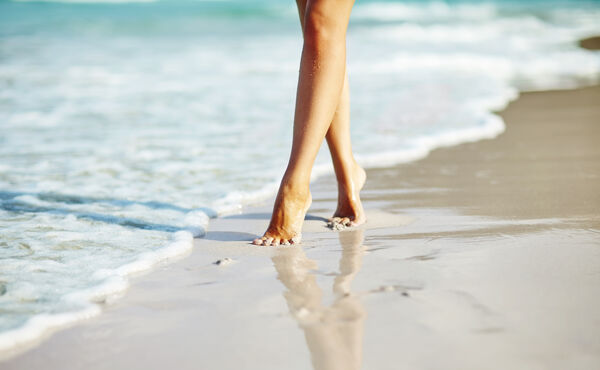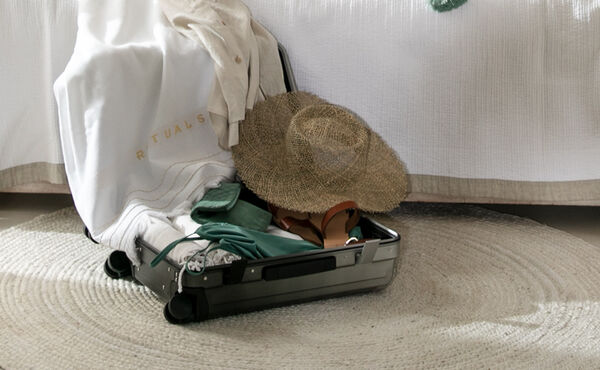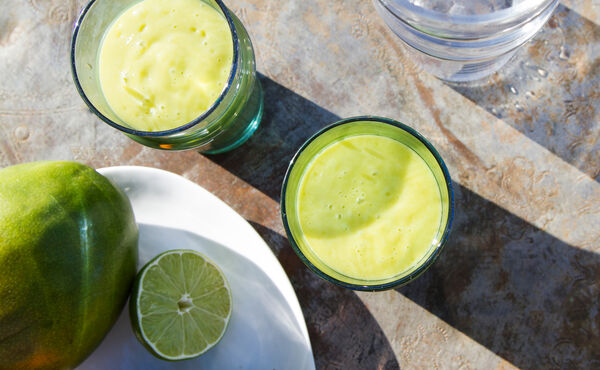The day you’ve been dreaming of for months has finally arrived. Killer bikini? Check. Great pedicure? Check. That bodice-ripping romance novel your book club can’t stop raving about? A bit embarrassing, but check. There’s just one thing left to do: read this expert advice to ensure your skin absorbs all of the good and none of the bad during the season of summer.
The science behind loving the sun
First off, it’s important to recognise that although we’re constantly being bombarded about the dangers of the sun, moderate exposure can actually be good for you. According to a 2014 study conducted by Harvard Medical School and Massachusetts General Hospital in the U.S., being out in the sun is linked to the release of beta-endorphin, otherwise known as a “feel-good chemical” which can deliver a quick dose of joy similar to the feeling we get after a good workout. It also stimulates the production of vitamin D, which results in better bone health and a higher-functioning immune system.
It can also help us sleep better. Researchers at the University of Colorado at Boulder made a crucial discovery in 2013 regarding the connection between natural light and our internal biological clock. When we regularly expose ourselves to sunlight, our bodies set their internal clocks to align with the natural light cycle, meaning when it’s dark outside, our brain receives signals that it’s time to sleep.
But now for the bad news…
As we all know, spending large amounts of time in the sun without taking precautions is extremely dangerous. A tan, while giving you a healthy-looking glow, is actually a sign of sun damage. According to leading dermatologist Dr. Melinda Longaker, 1 in 5 people will develop a form of skin cancer in their lifetime. While most of these are so-called “nuisance cancers,” that leave scars, deadly melanoma is the second most common cancer in young women between the ages of 15 and 29.
Aside from this, prolonged and unprotected sun exposure causes pre-mature aging and unsightly changes in pigmentation like sun spots—and who wants that? So, take care of your skin and it will take care of you. When it comes to staying healthy and happy in the sun, it’s all about karma.
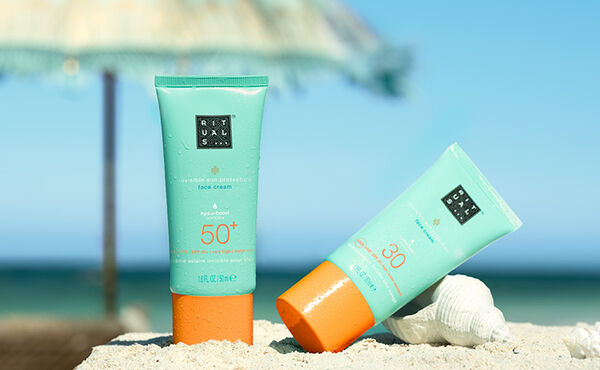
Sunscreen: facts vs. fiction
Sunscreen is hands-down the best way to protect your skin. Let us break down some more science for you.
1. All sunscreen is not created equal
When choosing a sun protection product, look for something that contains filters for both UVA and UVB rays. According to Harvard Medical School’s blog, UVB rays are the main cause of sunburn, while UVA rays prematurely age and wrinkle the skin. Both contribute to skin cancer, which is why using a broad spectrum product that shields you from both is essential.
2. Don’t skip the sunscreen on overcast days
From this time of year onward, the position of the sun in relation to the earth means that those harmful rays are reaching you even through the clouds. Even when the sun isn’t out and your body is mostly covered, you should still use a face cream with SPF. No excuses on this—if you’re afraid that wearing SPF under your make-up will cause blemishes, it doesn’t. As long as you apply it on a clean surface, your pores will remain clear—so wash your face thoroughly beforehand.
3. SPF 50 vs SPF 30
From a logical standpoint, the higher the SPF, the better the protection, right? Interestingly enough, no. In fact, the difference between SPF 50 and SPF 30 is marginal—namely, SPF 30 protects you from 97% of the sun’s rays while 50 protects you just 1% more. Actually, dermatologists warn that using products with SPF 50 might lull you into a false sense of security, causing you to not apply enough or as often as necessary. If you’re worried about the higher factors leaving white residue on your skin, worry not. Our SPFs have no white cast and are fast-absorbing – perfect for every skin colour and type.
How to properly apply sunscreen
While we’re on the subject of application, how you put on sunscreen is just as important as which sunscreen you use. According to dermatologist Dr. Jeannette Graf, you shouldn’t wait until you’re outside to apply it, as it can take around 20 minutes to be fully absorbed into the skin.
She also suggests using an entire ounce of sunscreen per application (about the amount of a shot glass) to cover yourself entirely. If you don’t follow this rule, the actual SPF is actually close to half that advertised on your product label.
Last but not least: you must reapply sunscreen throughout the day. One coat at the beginning of your beach trip is simply not enough, thanks to things like sweating, extreme heat and contact with water, all of which can dilute it. The American Academy of Dermatology recommends applying a new coat every 2 hours to ensure you’re getting the maximum effect—more if you’re swimming or sweating a lot.
Other ways to shield your skin
If you’re looking for an excuse to eat chocolate, look no further: a few squares of 85% dark chocolate contains flavanols, which help protect you from potential UV damage. While perhaps not as exciting as chocolate, eating foods rich in omega 3’s like eggs, wild salmon and flaxseed can help neutralize harmful effects from the sun. Snacking on tomatoes is also a good idea, as their high concentration of lycopene offers photo-protection.
Also, don’t forget your head! Wearing hats or scarves is always an option. A good UV protection hair spray can help keep your scalp from getting burned as well as prevent hair discolouration.
UV protection clothing is a trend that is becoming more and more popular—if you’re not intent on showing off your abs by the pool, wearing a UV protective shirt will block out the nasty stuff.
What if—despite your precautions—you still come home with a sunburn? Our sunburn first aid guide will help you soothe and protect your skin.





